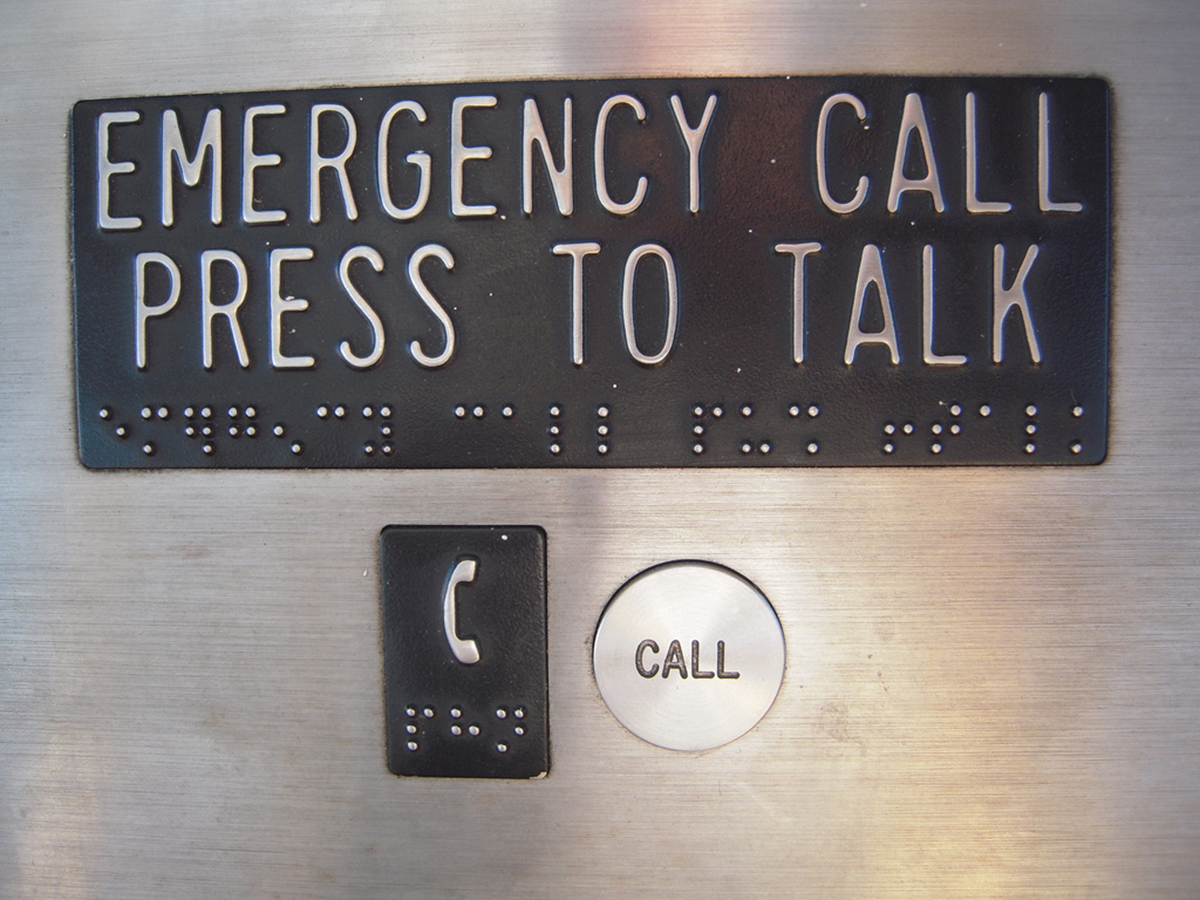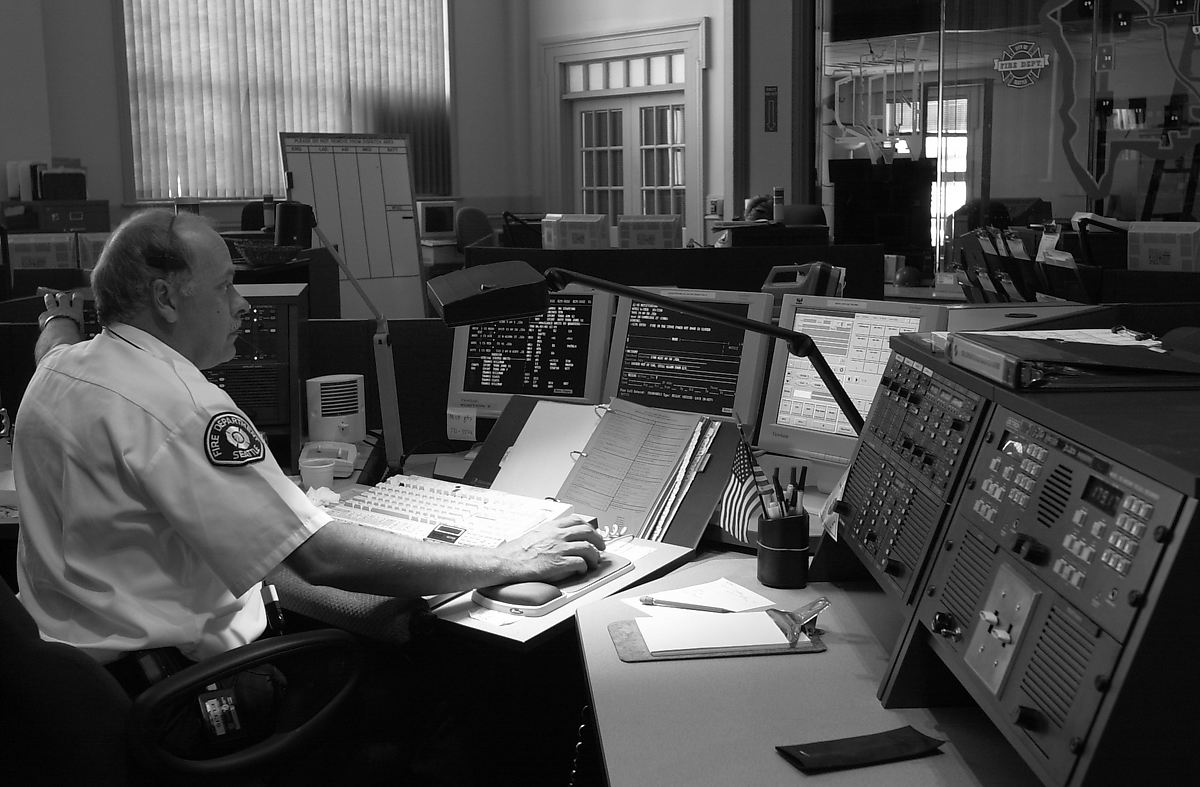In 2008, Denise Lee of Sarasota, Florida was kidnapped and thrown into the trunk of her kidnapper's car. She managed to call 911 on her cell phone, but the dispatcher was not able to get a fix on her location. She was raped and murdered before she could be found.,
In 2010, Carol Ouellet called 911 from her home in Cortez, Colorado, as her lungs filled quickly with blood. She was only able to get out a few sentences before she could no longer speak. By the time dispatchers ascertained the location from which she was calling, two hours later, she was already dead.

In December of 2014, 31-year-old Shanell Anderson of Atlanta, Georgia was on her early morning rounds, delivering newspapers. Her SUV skidded off into a pond. She tried to escape, but the doors would not budge, so she called 911 on her cell phone. She was able to explain her situation to the dispatcher, and she could also name the cross streets nearest to where she was, even their zip codes. Unfortunately, she had driven into a pond in Cherokee county, Georgia, and the nearest cell phone tower had routed her call to a 911 center in Fulton county, Georgia. The dispatcher could not find the streets she named over and over on a map, and when rescuers finally arrived 20 minutes later, she was already comatose. Anderson died 10 days later in a hospital.
The 911 system was developed before cell phones were in common use, for land lines hardwired into the telephone system, transmitting your call and location immediately into the emergency response system.
When you make an emergency call on your cell phone, a different process ensues. Your call is routed not to the nearest cell phone tower, but to the nearest cell phone tower compatible with your phone. Then the call is sent to the 911 center in that cell tower's jurisdiction, whether or not that is the same service area where you are having an emergency. The 911 operators can see phase 1 information, the location of the cell tower your phone is connecting through. The system then digitally transmits a request to the cell service provider for phase 2 information, the GPS location of your phone. Acquiring phase 2 information can take seconds, or even minutes, and often it does not return a location at all.
READ Emergency Rooms Busier Since Obamacare: Why?
How often do cell phones fail to transmit location data?
- In California, in 2013, 50 percent of cell phones failed to transmit location data during 911 calls. In 2014, the figures were worse, 63 percent. In Silicon Valley, the figure was 90 percent.
- In large cities in Texas, including Austin and Houston, two-thirds of cell phone calls to 911 failed to transmit an instant fix on location.
- In the Virginia suburbs of Washington, D.C., no more than 29 percent of 911 calls included location.
What Can You Do to Make Sure You're Found When You Call 911?

- Don't assume zero bars means no service. Sometimes you can connect to 911 even if you cannot hear them or they cannot hear you, and just enough information may be transmitted for a resourceful 911 dispatcher to send help.
- If you haven't paid your phone bill, you can still use your phone to call 911. However, there is no way to call you back. If you hang up, or your call gets cut off, you will have to redial to continue talking with the dispatcher.
- When there is no cell phone service, leave your phone on. Your phone will attempt to make a "digital handshake" with the last cell phone tower it contacted. If the 911 dispatchers know your cell phone service, they may be able to locate your phone, and you.
- While you are waiting for help to arrive, conserve the battery on your phone. Turn off the backlight. Turn off wifi and Bluetooth. Keep your phone on, so you can receive calls, but use it only as absolutely necessary.
- When you can't make a call, send a text. This is especially useful in widespread emergency situations in which cell phone networks are overloaded. You can't text 911, but you can text friends or family members who may be able to call 911.
- John Kelley and Brendan Keefe. 911's Deadly Flaw. USA Today. 22 February 2015.
- Photo courtesy of Seattle Municipal Archives via Flickr: www.flickr.com/photos/seattlemunicipalarchives/2696314432
- Photo courtesy of Raymond Bryson via Flickr: www.flickr.com/photos/f-oxymoron/5089632263


Your thoughts on this